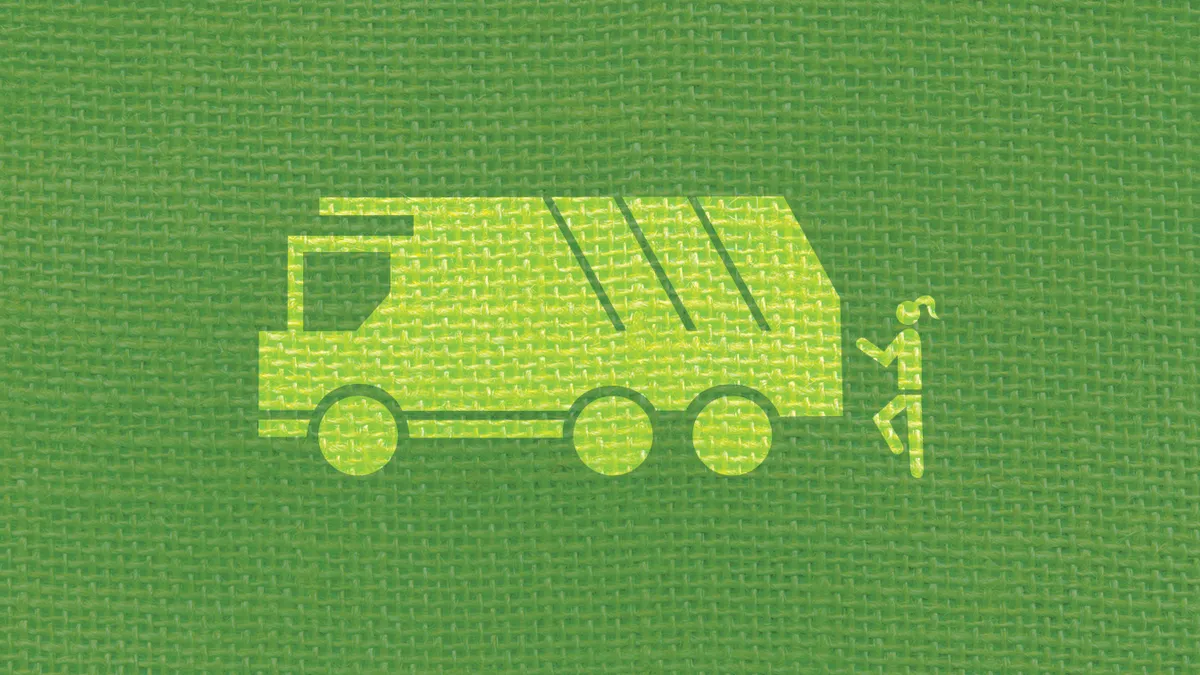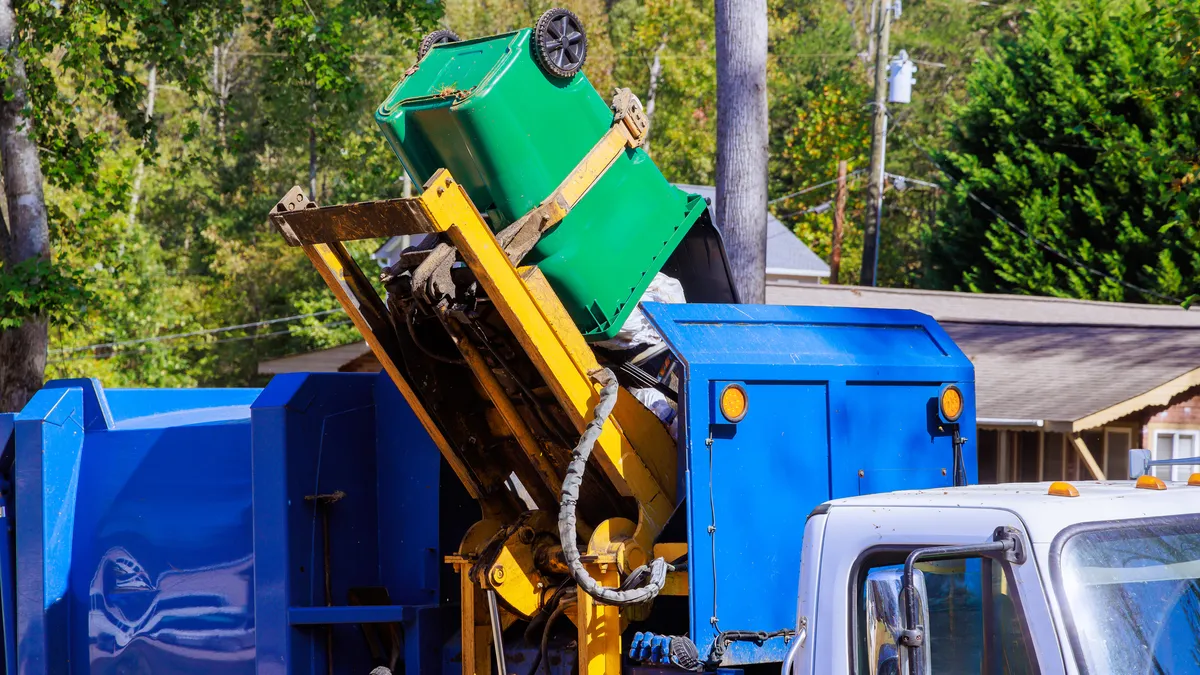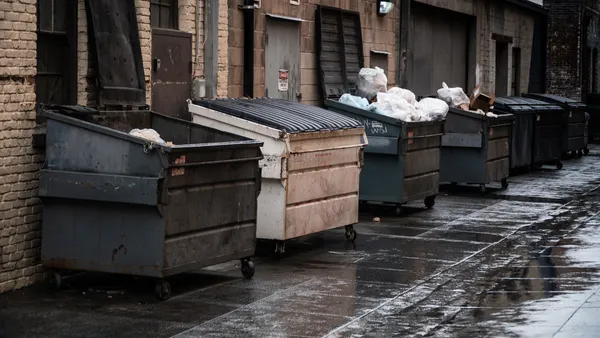Dive Brief:
- New data from the Bureau of Labor Statistics (BLS) project there will be a 13% increase in the number of "refuse and recyclable material collectors" jobs between 2016 and 2026. This amounts to an estimated 17,700 new jobs.
- "Heavy and tractor-trailer truck drivers," which includes the subcategory of "garbage truck drivers," are projected to see a 6.1% increase, with an estimated 113,800 new jobs. Openings for "Bus and truck mechanics and diesel engine specialists" are also expected to grow by 9.5%, with 26,500 estimated new jobs.
- "First-line supervisors of transportation and material-moving machine and vehicle operators," which includes "refuse collector supervisors," are projected to see a 6.6% increase in estimated job openings with 13,600 estimated new jobs. "Chief executives," on the other hand, are expected to see jobs decline by 3.5%.
Dive Insight:
Due to the broad nature of many categories, it's unclear exactly how some of these trends will apply to the waste and recycling industry. Compared to the two fastest growing occupations — solar photovoltaic installers and wind turbine service technicians — these projected increases appear standard. In fact, none of the relevant industry occupations even cracked the top 30 fastest growing. Though at least they are all projected to fare better than some of the fastest declining occupations, such as locomotive firers and watch repairers.
That doesn't mean the recruitment challenges for waste and recycling companies are any less important. Addressing a projected shortage for truck drivers and mechanics is a top priority for hiring managers at all levels. In a few cases, this shortage has already begun to affect collection operations in certain municipalities. A lack of available labor for material recovery facilities has also become noticeable in some regions, leading to investment in more mechanical or automated solutions instead.
According to BLS, most of these jobs don't have a high education barrier, and all but refuse collectors earned more than the annual median salary of $37,040 in 2016. Those wages can often increase for collection workers depending on their location, seniority, or civil service status. Across the board, many of these industry occupations may not seem glamorous to the average citizen but they offer some of the most stable employment around. With volumes up in many areas of the country due to economic growth, and the industry itself projected to reach $80 billion in revenue by 2021, there will be plenty of opportunities at all levels for many years to come.













